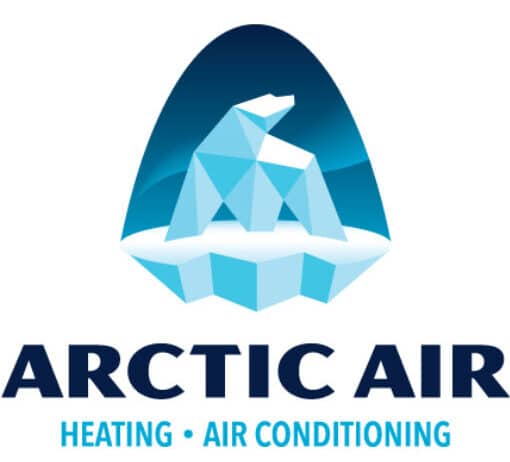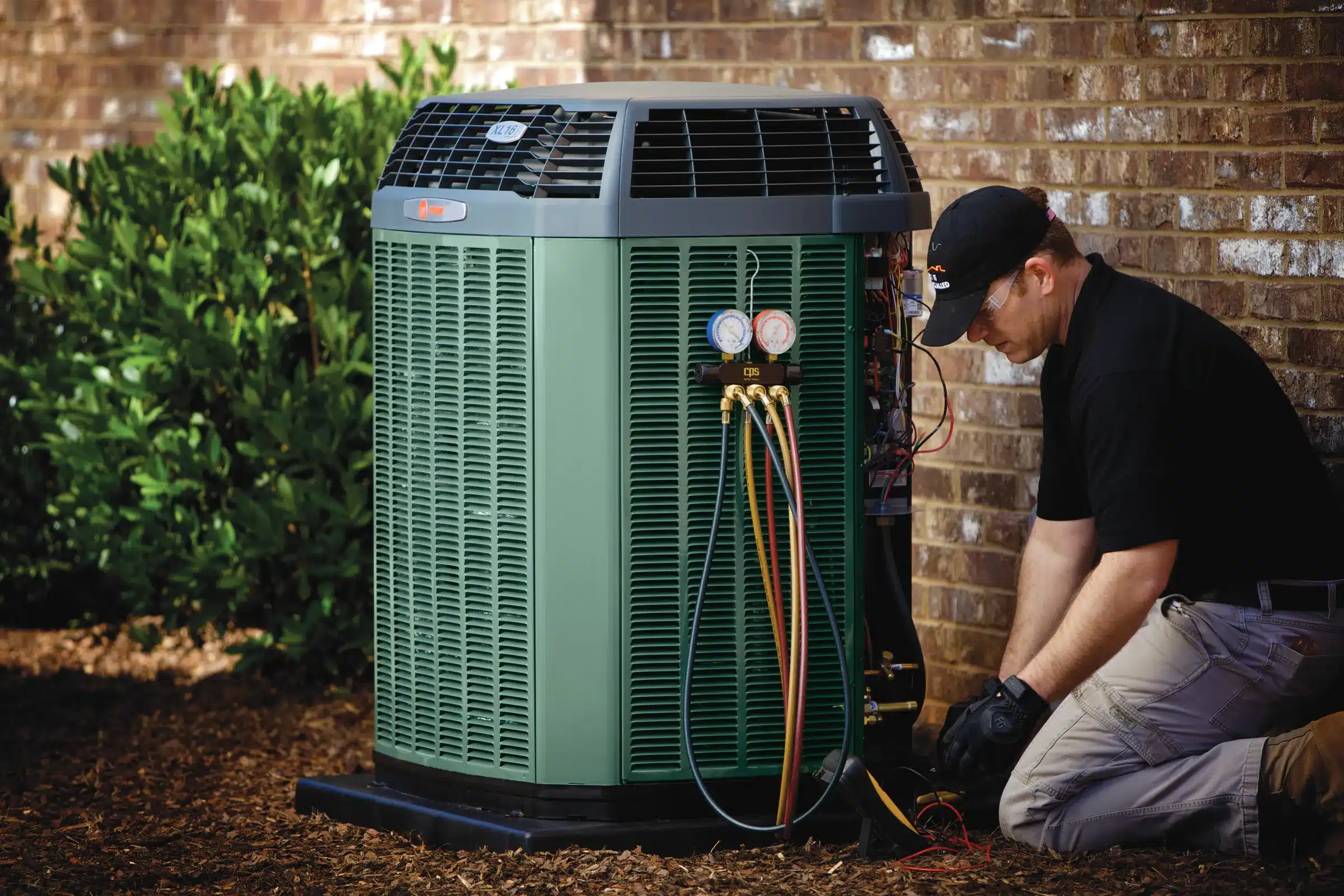How to improve the energy efficiency of your HVAC system?
When it comes to keeping your home cozy in the winter and cool in the summer, your HVAC (Heating, Ventilation, and Air Conditioning) system plays a vital role. But have you ever thought about how efficient it is in using energy? Energy efficiency in your HVAC system is like saving money while doing something good for our planet.
In this blog post, we’ll explore the world of energy efficiency in HVAC systems. We’ll show you why it matters, not just for your wallet but also for our environment. By making your HVAC system more efficient, you can enjoy lower energy bills and reduce your carbon footprint at the same time. It’s a win-win situation! So, let’s dive in and discover the benefits of having an energy-efficient HVAC system.
Regular Maintenance
Regular maintenance is the key to keeping your HVAC system running smoothly. Just like a car needs oil changes, your HVAC system needs a little TLC too. This helps it perform at its best, saving you money in the long run.
One important task is replacing or cleaning your filters. Imagine if you never changed the filter in your vacuum cleaner – it wouldn’t work very well, right? It’s the same for your HVAC system. Clean filters let air flow freely, making your system more efficient.
Professional inspections are also crucial. Experts can spot and fix small issues before they become big problems. This keeps your system running efficiently and can even extend its lifespan.
Remember, routine maintenance isn’t just about preventing breakdowns. It’s about making your system work smarter, not harder. When all the parts are in tip-top shape, your HVAC system doesn’t have to use as much energy to do its job. This means lower energy bills for you and a lighter environmental footprint. So, don’t forget to schedule regular maintenance for your HVAC system!
Thermostat Optimization
Your thermostat is like an orchestra conductor, guiding your HVAC system to play the right tune for your comfort. It’s the little device that helps regulate the temperature in your home.
To make the most of it, consider setting temperature schedules. Think of it like a personalized playlist for your comfort. During the day when you’re active, set it a bit cooler in the winter and a touch warmer in the summer. At night or when you’re away, adjust it to save energy.
For example, aim for around 68°F (20°C) in winter when you’re home and active. When you’re sleeping or away, lower it a bit. In summer, try to keep it around 78°F (26°C) when you’re home. When you’re out or asleep, let it rise a bit.
These adjustments might seem small, but they can make a big difference in your energy bills. Your HVAC system won’t have to work as hard, and you’ll still stay comfy. So, let your thermostat be your guide to a cozier, more efficient home!
Sealing and Insulation
Gaps or leaks in your home’s walls, windows, and doors are like little escape routes for your precious heated or cooled air. This means your HVAC system has to work extra hard to keep your home at the right temperature. It’s like trying to fill a leaky bucket – a lot of the energy goes to waste.
To prevent this, it’s important to seal up these escape routes. Start with windows and doors. Weather stripping and caulk are like the super glue that seals up any gaps. You’ll be amazed at the difference it makes.
Don’t forget about other potential leakage points, like electrical outlets and vents. Special covers can be like shields against energy waste.
By taking these steps, you’re not only making your home more comfortable, but you’re also helping your HVAC system work efficiently. It’s a little effort that pays off in a big way.
Upgrading to Energy-Efficient Units
If your HVAC system is starting to show its age, it might be time to consider an upgrade. Newer, energy-efficient units bring a host of benefits to your home comfort and budget.
First off, they’re like the superheroes of HVAC systems. They can do the same job but with much less energy. This means lower energy bills for you and a smaller environmental footprint.
When shopping for a new system, keep an eye on something called SEER ratings. It’s like the miles-per-gallon for your HVAC. Higher SEER ratings mean more efficient performance. Aim for a system with a higher SEER rating to get the most bang for your buck.
Sure, there’s an initial cost, but the long-term savings can be substantial. It’s like making a smart financial investment that pays dividends in comfort and lower bills.
So, when you’re ready for an HVAC upgrade, remember, going energy-efficient isn’t just good for the environment – it’s great for your wallet too!
Conclusion
In this journey towards a more efficient HVAC system, we’ve covered key strategies. Now, it’s your turn to act. Implementing these steps means lower bills and a greener footprint. For expert help, consider Arctic Air’s Construction Services. From repairs to replacements, we’ve got you covered. Contact us today!


